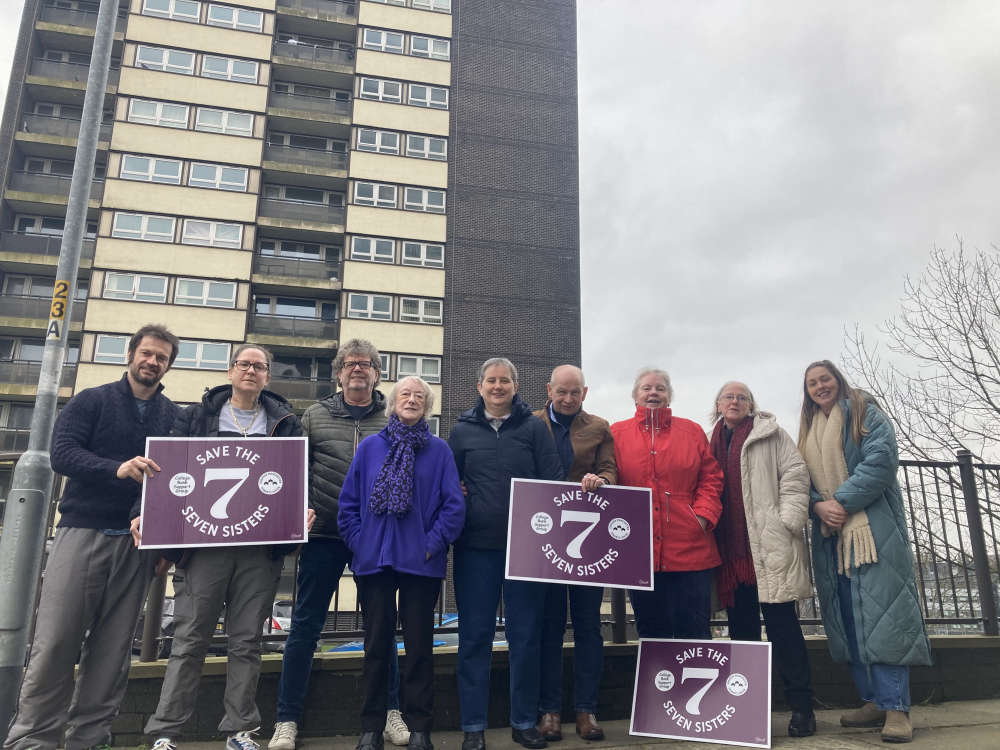
Right now, tens of thousands of people are waiting to be told a house is available for them, so talk of a ‘housing crisis’ is not just political propaganda.
Right now, tens of thousands of people are waiting to be told a house is available for them, so talk of a ‘housing crisis’ is not just political propaganda.
According to data from all 10 local authorities in the city-region, there are 89,563 people actively waiting for housing. The number on the housing waiting lists, which includes those signed up but not actively applying for housing, will be much higher.
Freedom of Information requests (FOI) submitted by the Local Democracy Reporting Service, show people see an average wait to get a new home in Greater Manchester of well over a year. For those in need of a four-bedroom home, waits of around four years can be expected, according to the FOI data.
Trying to understand why this housing crisis has become such a giant snowball, the LDRS has spoken to a number of experts in the housing sector in recent months.
Given that new housing developments with hundreds and thousands of new homes seem to be popping up everywhere, the question remains why there is still a crisis going on.
Every day impacts of the housing crisis are felt by residents across the city-region through higher rents, fiercely competitive housing markets, increased homelessness and more people in temporary accommodation.
According to experts in the housing field, this all stems back to one root cause – a severe lack of social housing.
Social housing is designed for people who can’t afford to buy or rent on the open market, typically owned and managed by local councils or housing associations. These homes would usually be cheaper than affordable housing, which is typically available for up to 80 per cent of market rates.
Those waiting either have to go into the private rental market at a higher cost, use temporary housing or risk becoming homeless.
More going into private rentals ultimately drives up rent prices due to increased demand and in turn, house values go up as well. This vicious circle then drives those in need of truly affordable housing out of the private rental market and into needing temporary housing – increasing demand on councils and their purses.
So the simple solution would be to build more social homes, but up until recently local authorities and housing providers were losing more than they could build.
This is mainly due to the Right to Buy (RTB) scheme being introduced in 1980, which allows qualifying council and social housing tenants to buy their home at a discount. Historic underinvestment in housebuilding meant that councils both in Greater Manchester and across the country saw their housing stocks severely depleted since 1980.
Since 2004/2005, 18,622 homes have been sold under RTB, according to GMCA.
The discounts of RTB were significantly reduced from November last year by the government in order to preserve social housing stock. The GMCA says that a net difference of 1,562 homes were built in 2023/2024 between the number of homes completed and those sold under RTB.
Housing bosses at GMCA are hoping to improve those numbers in the coming years.
A GMCA spokesperson said: “We’re aiming to build as much high-quality council and social housing as we can, as quickly as we can. That’s why our Greater Manchester Strategy, published this summer, commits us to delivering 10,000 truly affordable net zero homes by 2030.
“We’ll also build more council and social rented housing than we’re losing through the Right to Buy scheme and we will pilot schemes to help us make best use of existing housing stock.
“Our wider housing strategy is all about providing the kind of housing our residents need – well-connected, healthy, safe, warm homes – so everyone can find a good place to live in all 10 boroughs.
“We’re committed to addressing the challenges people face in finding and keeping a home of their own and we’ll continue to help individuals and families who find themselves without a home, forced to sofa-surf or sleep rough.
“Our Live Well centres will transform how we provide housing support and allow us to intervene early to prevent homelessness.”
Housing chiefs have also been buoyed by the ‘call to arms’ issued by housing minister Steve Reed last month, who vows to ‘build, baby, build’.
The minister has committed to working in partnership with industry leaders to ramp up housebuilding, focusing on the remaining barriers, including complex planning processes, that stand in the way of building 1.5 million homes in this Parliament.
Homes England, a government body that oversees housebuilding has also been hit with a cash injection of £16bn, on top of £6bn of existing finance, to be allocated this Parliament.
This would be used to accelerate housebuilding and leverage in £53 billion of additional private investment, creating jobs and delivering over 500,000 new homes, according to the government.
What are the problems?
Refurbishing empty homes currently unfit for tenants is a major factor housing providers are currently dealing with.
A prime example of this is the hundreds of empty homes sitting in the iconic Seven Sisters tower blocks in Rochdale, as well as the neighbouring estate Lower Falinge. Many tenants have been moved out of the homes, which landlord Rochdale Boroughwide Housing has described as unsuitable, since 2017.
Campaigners from both Seven Sisters, officially named College Bank, and Lower Falinge have been fighting potential demolition for almost a decade. They believe with thousands on the housing waiting list – filling these empty homes, rather than waiting for redevelopment plans is the best way forward.
This isn’t just a Rochdale problem though. According to GMCA data, in 2024, 2.7 per cent of all housing stock in Greater Manchester (34,560) was vacant, with 36.7 pc of those homes (12,669) being vacant long term.
RBH has apologised for the uncertainty around the tower blocks, but has insisted they need more time to do surveys before they can publish their redevelopment plan.
Despite the estate redevelopment plan being in limbo since 2017, RBH has undergone huge changes in the last few years – delaying progress on these matters.
The death of toddler Awaab Ishak in 2020 thrust social housing conditions and RBH into the national spotlight. The two-year-old died after being exposed to hazardous mould in his flat.
Awaab didn’t live in College Bank, but the Freehold estate just down the road.
His death sparked the creation of Awaab’s Law, which is a piece of legislation that requires landlords to fix reported health hazards within specified timeframes. RBH had their ability to apply for grant funding to build new homes frozen until they brought their housing conditions up to these new standards.
Now that the freeze has been lifted after the social housing provider came out of special measures, they have more scope to properly look into this plan. Yet no published plans have been revealed so far.
Cutting through the red tape of getting funding over the line, getting through planning processes quicker and delivering new housing faster is now seen as essential for developers.
MCI Developments is a social housing developer that specialises in building on brownfield land. Brownfield land is defined as land or property previously occupied by a permanent structure, such as a former factory or industrial site, and is now vacant or underutilized.
Speaking on what can be done to address the housing crisis, Jamie Irving, land & partnerships director at MCI Developments said: “The £16bn billion allocated to Homes England has the potential to unlock sites and accelerate delivery, but the success of this ambition will ultimately depend on how effectively all parties work together.
“Affordable housing delivery requires more than just investment – it demands collaboration, long-term planning and the removal of barriers that slow down progress.
“From the remediation of complex brownfield sites to navigating planning processes and securing agreements with housing associations, there are multiple stages that require coordinated effort and alignment of priorities.
“Developers face several challenges – increasing build and labour costs continue to challenge the financial viability of developments, with elevated land prices adding further strain.
“Redeveloping brownfield land, especially sites that are more complex or affected by contamination is often a nuanced process. Environmental factors such as flood risk, ground conditions and biodiversity considerations, along with evolving requirements like Biodiversity Net Gain (BNG) create a more detailed and considered planning and delivery process.
“At MCI Developments, residents and communities are always our first priority. The shortage of affordable housing is being felt most by people who need safe and secure homes – it is vital that the sector responds with solutions that put communities at the heart of delivery.
“We recognise, however, that this is not always a straightforward path. Balancing land value, the need for viable plots and the pressures of profitability on open market sales can create real challenges when trying to maximise affordable housing within mixed developments.
“These tensions are a reality across the industry and often lead to difficult decisions about the proportion of affordable homes that can be included.
“While there are no easy fixes, we believe that through collaboration, creative solutions and a clear focus on residents, it is possible to overcome many of the barriers and deliver high-quality affordable homes that strengthen communities for the long term.”


 Live music debuts at Theatre Royal with acclaimed Manchester act
Live music debuts at Theatre Royal with acclaimed Manchester act
 71 dogs and puppies rescued from suspected illegal breeders in Bury
71 dogs and puppies rescued from suspected illegal breeders in Bury
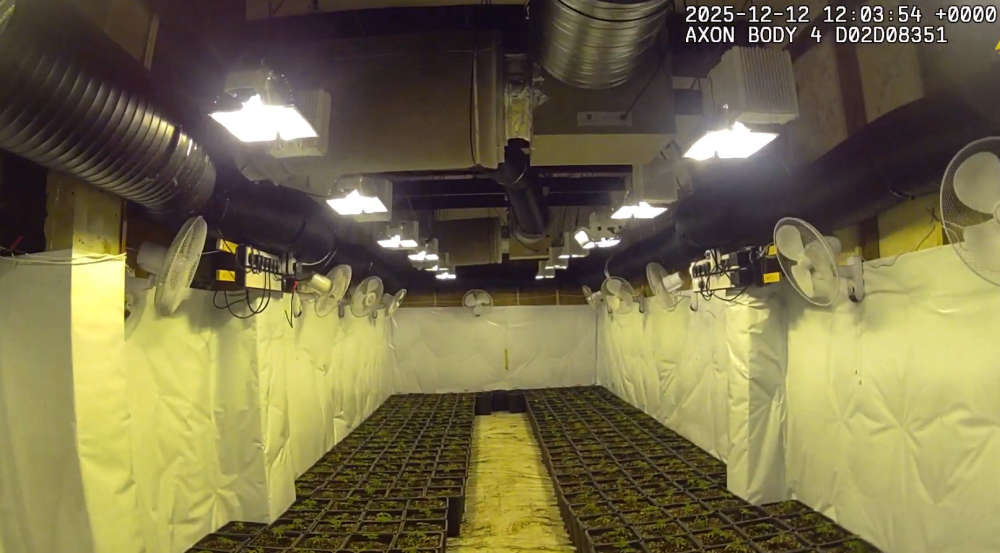 £1m cannabis farm dismantled by GMP officers in Heywood raid
£1m cannabis farm dismantled by GMP officers in Heywood raid
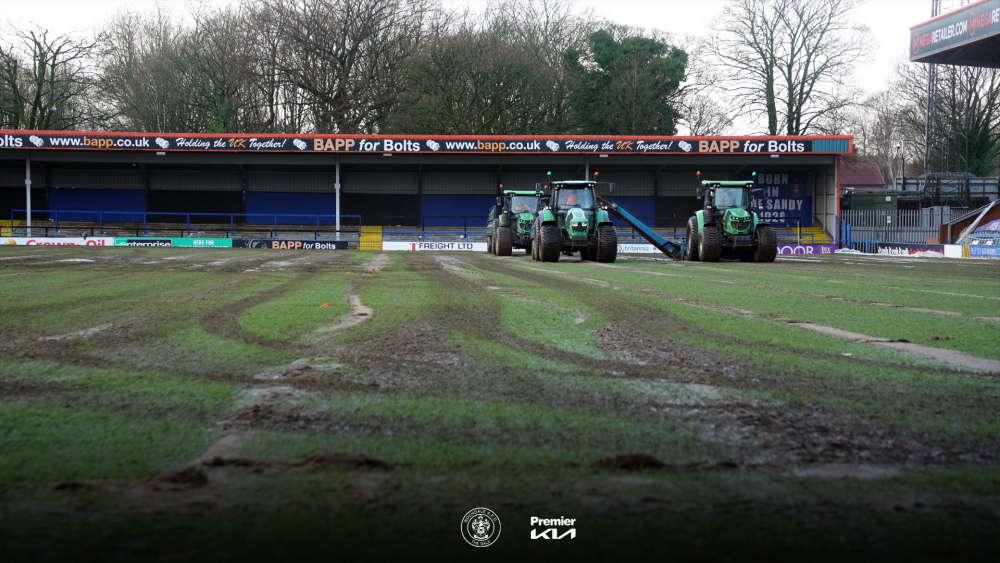 AFC Supporters comic Poem written about Rochdale's last match called Muddy Hell!
AFC Supporters comic Poem written about Rochdale's last match called Muddy Hell!
 Bury GPs urge parents to vaccinate children against flu ahead of Christmas
Bury GPs urge parents to vaccinate children against flu ahead of Christmas
 Rochdale teenager clinches national racing title in debut car season
Rochdale teenager clinches national racing title in debut car season
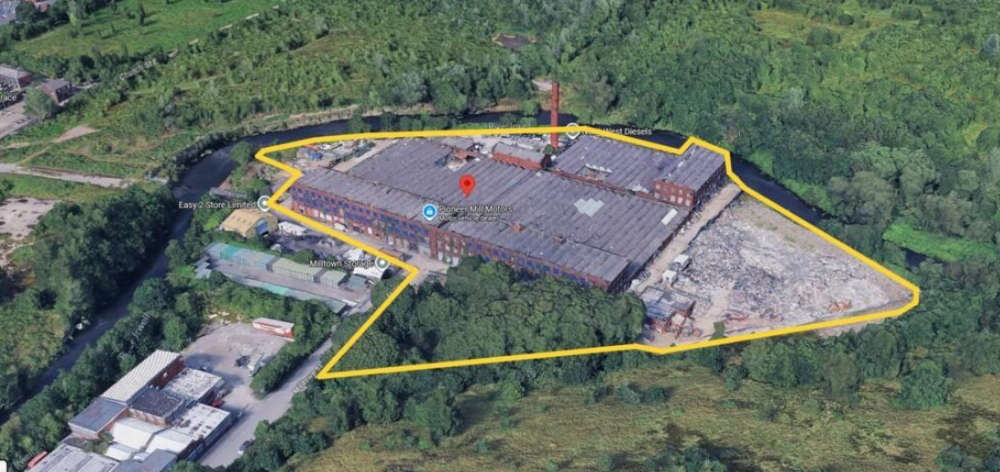 Mill complex left derelict by massive fire goes up for sale
Mill complex left derelict by massive fire goes up for sale
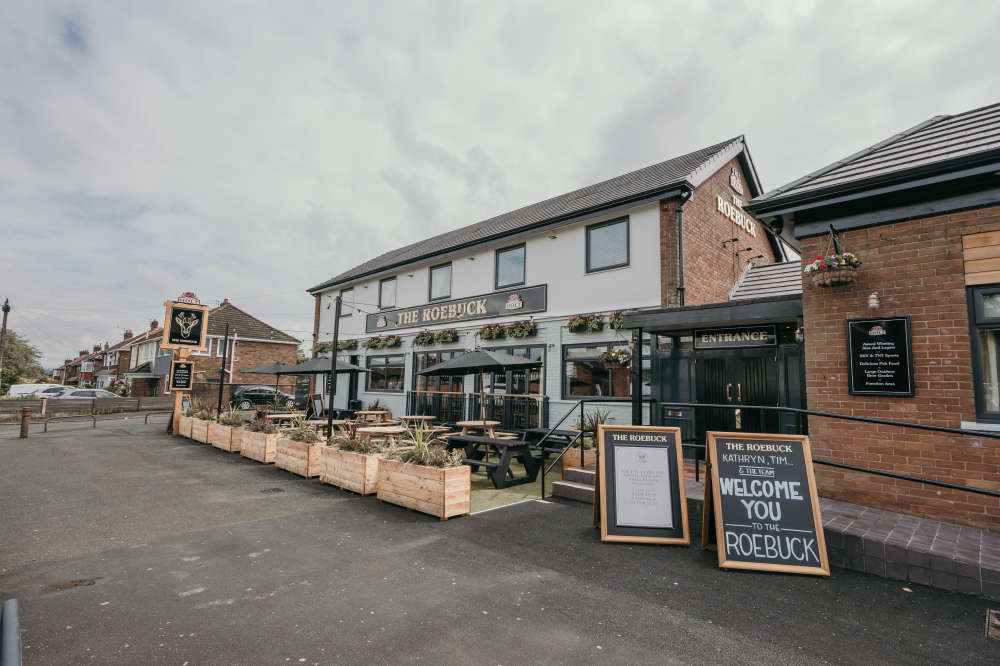 Ellie Roebuck completes Joseph Holt training course at pub that shares her name
Ellie Roebuck completes Joseph Holt training course at pub that shares her name
 New canopies unveiled as Bury Market revamp takes major step forward
New canopies unveiled as Bury Market revamp takes major step forward
 Man charged with rape of two teenage girls in Bolton
Man charged with rape of two teenage girls in Bolton
 Family-led bands raise hundreds for Uganda summer school through Drumbeat UK
Family-led bands raise hundreds for Uganda summer school through Drumbeat UK
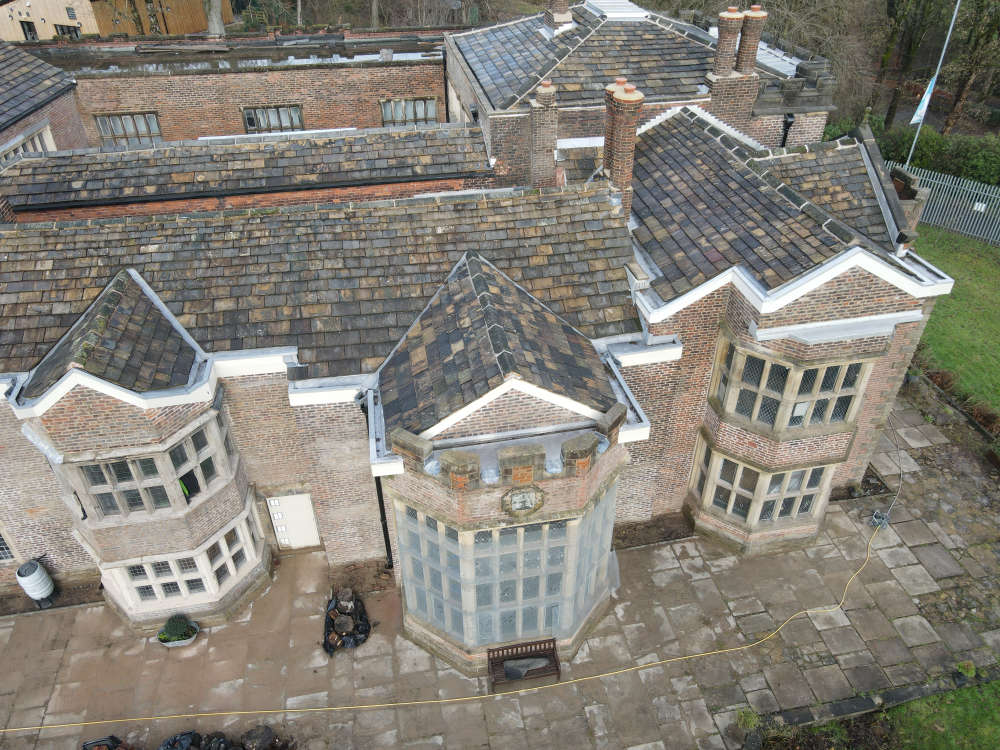 Roof repairs completed at historic Hopwood Hall as £640,000 restoration project finishes
Roof repairs completed at historic Hopwood Hall as £640,000 restoration project finishes




Comments
Add a comment